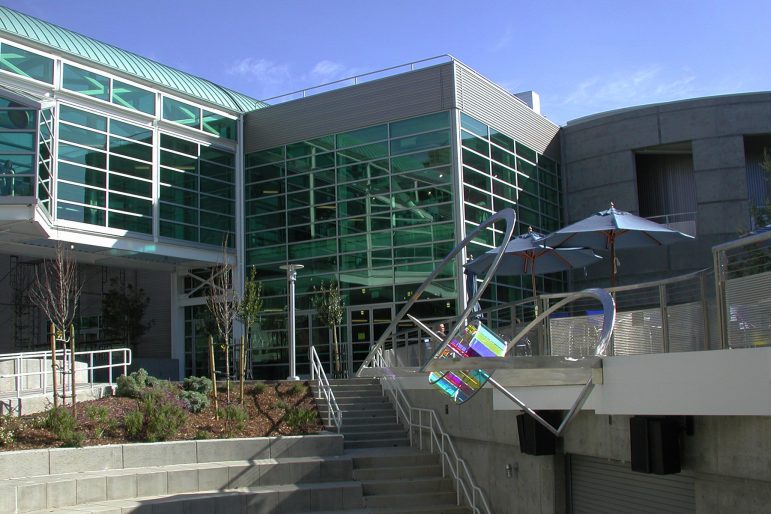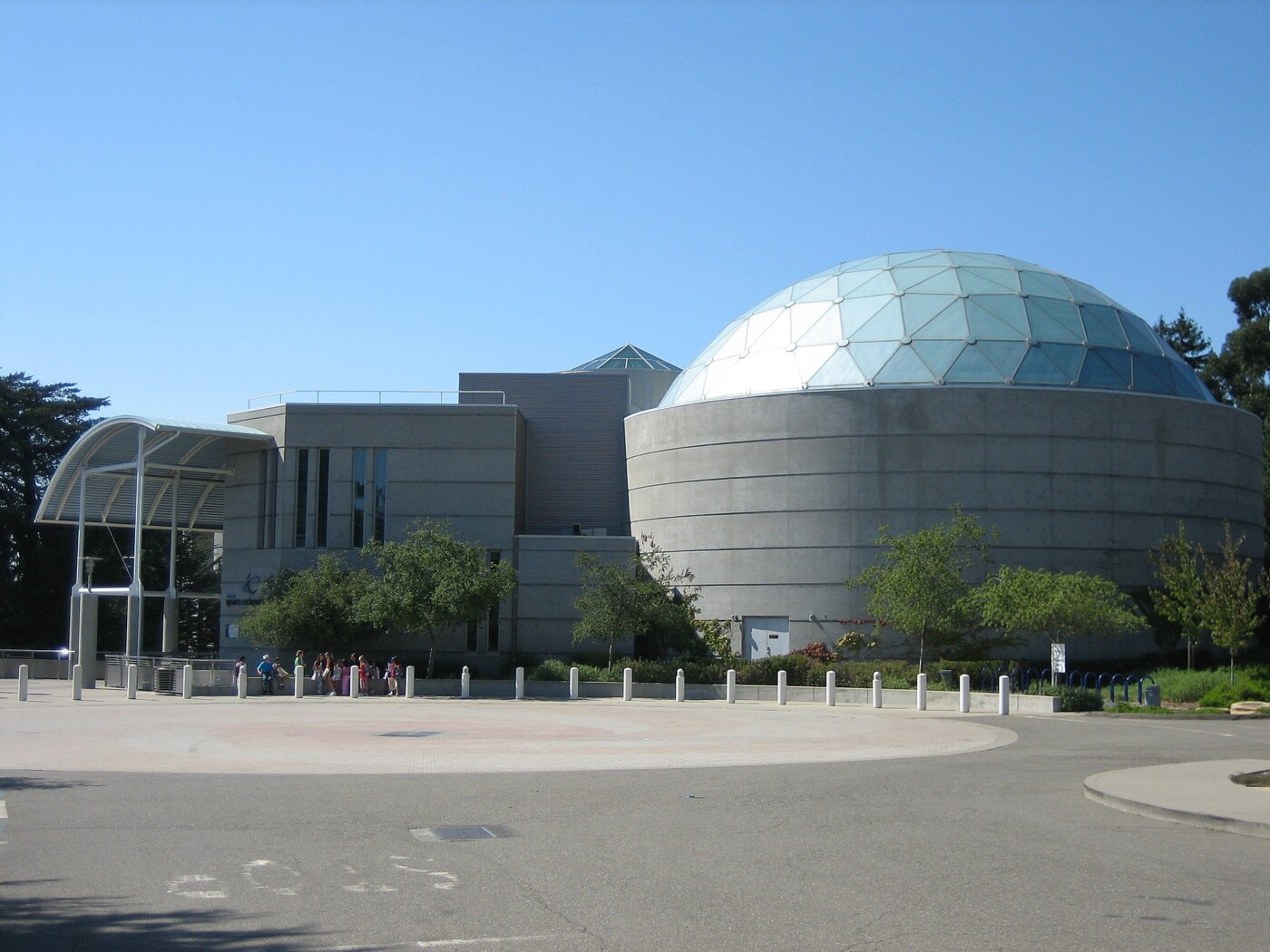More of NASA is coming to Oakland thanks to a new partnership between the Chabot Space & Science Center and NASA’s Ames Research Center in Silicon Valley, officials with Chabot announced.
Chabot is anchoring the partnership with a gallery called The NASA Experience in the Spees Building and with elements of the experience woven throughout Chabot. Children and adults will be able to learn more about science, technology, engineering, art and math, or STEAM, through The NASA Experience, opening in November.
“Science education is so important for any number of reasons,” said Chabot executive director Adam Tobin. “Perhaps most importantly, science education and science are foundational to an informed citizenry.”
Chabot and NASA will partner in three ways, starting with The NASA Experience, which puts Chabot’s visitors in the role of NASA researchers. Visitors can learn about current science at NASA through interactive challenges, artifacts and models.

The NASA Experience will tell stories of real people and discovery at NASA. Secondly, the two organizations will create STEAM education experiences throughout Oakland, building on connections with the city’s schools, libraries and other groups. Participants will be able to learn more about current NASA research. Lastly, Chabot will connect the career opportunities at NASA with Chabot’s youth development programs.
NASA will be providing field trips, speakers and independent study opportunities to children in Chabot’s Galaxy Explorers program, who will be able to learn about the missions and technology at work at NASA Ames.
“We are delighted to have this opportunity to bring a deeper NASA experience into our surrounding communities,” said Eugene Tu, director of Ames. “It’s one of NASA’s founding functions to share our work as widely as possible.”
Chabot is just as delighted to share NASA Ames’ research and extraordinary people with visitors, Tobin said.
“Bringing together NASA Ames’ long legacy of innovation and Chabot’s 137-year history in STEM education creates a powerful opportunity to inspire the next generation of future scientists, engineers and astronomers,” Tobin said.
